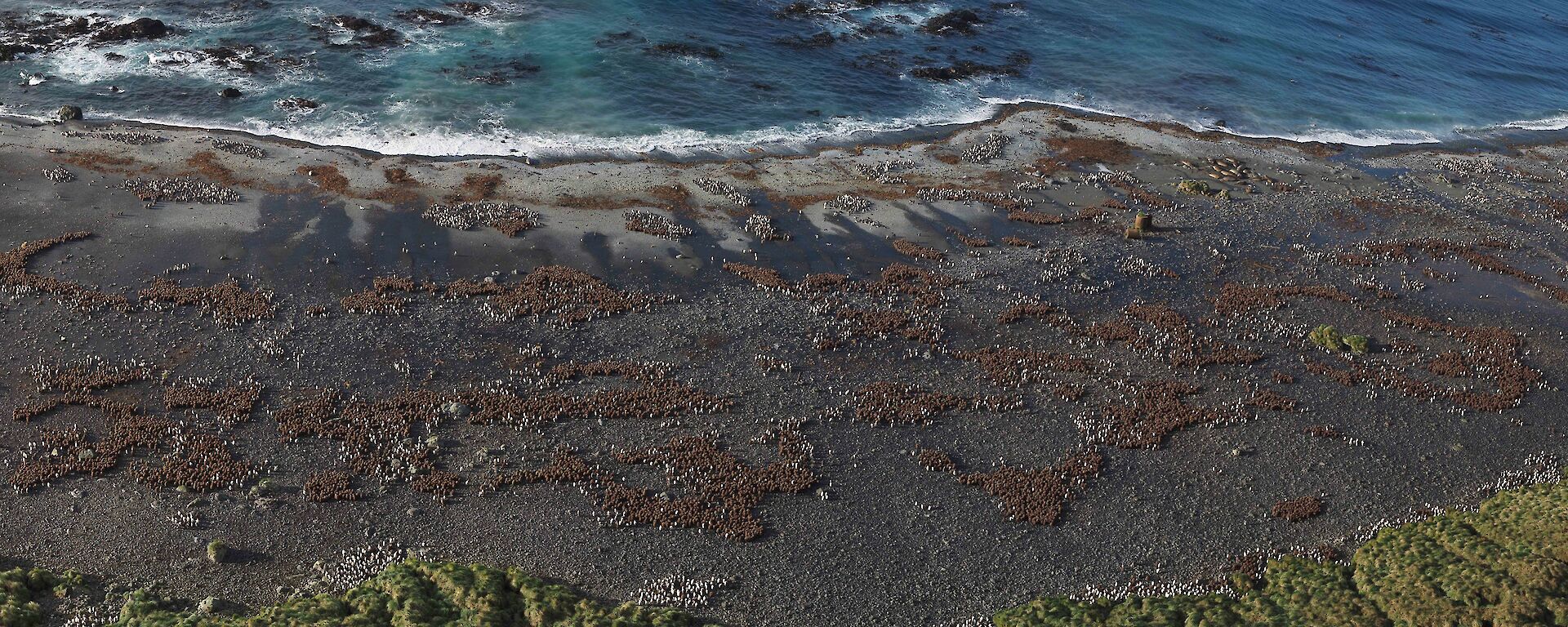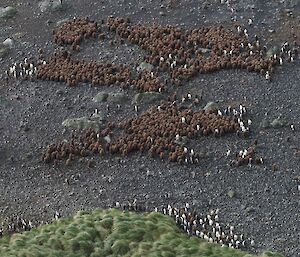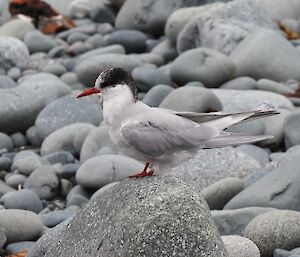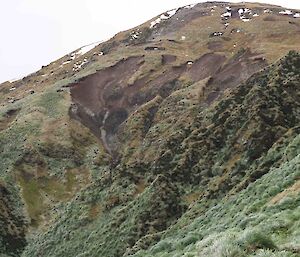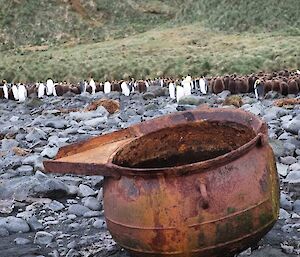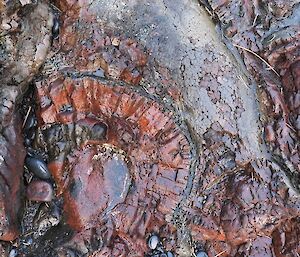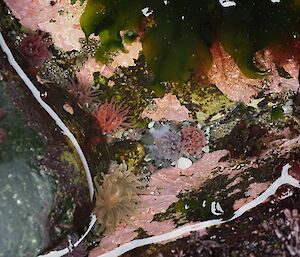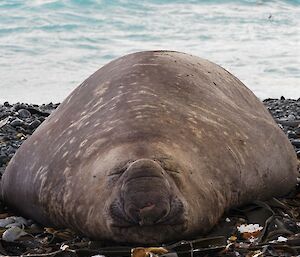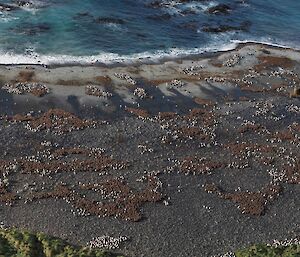The Tasmania Parks and Wildlife Service rangers and their helpers have been out taking photos of fluffy brown king penguin chicks this month. King penguins (Aptenodytes patagonicus) are the second largest penguin species in the world and the largest that breeds at Macquarie Island.
It’s all for science – the first part of the annual Macquarie Island king penguin census. It is important to understand what the population trend is, particularly if the numbers are declining.
It is a challenge to fit all the field work around the wintery weather – calm and clear days are best but are rare in a sub-Antarctic August. Luckily, we were able to take photos of the Lusitania Bay king colony on the best (only) calm and sunny day! Thanks to the Bureau of Meteorology forecasters for their help to make sure we were in the right place at the right time.
Lusitania Bay is the biggest king penguin colony here – it has about 80% of Macquarie Island’s king penguin population. The remaining birds are located in much smaller colonies along the east coast. Despite the weather, August is the best time of year to do the census – the chicks are huddled in groups (crèches) and usually only a small number of adults are present. Later in the year the colonies will be crowded with adults returning to breed or have a rest.
Back at the station the other Macquarie Island expeditioners have been trying to guess the number of brown chicks in a panoramic photo of Lusitania Bay before the rangers finish counting them (each chick is digitally counted on a computer). Several of the expeditioners are getting quite competitive with their guesses - but they aren’t even close!
Exploring the island is an added bonus of every field trip at Macquarie Island – there is always lots to see, and it continually changes due to the storms, seasons and wildlife fluctuations. There are delicate little anemones in rockpools and four tonne elephant seal bulls returning for the breeding season. Another unique Macquarie Island feature to see is pillow lava, which formed when magma rapidly cooled under the sea – part of the island’s geological World Heritage significance. There are also reminders of past exploitation (the oiling era) and conservation triumphs (the Macquarie Island Pest Eradication Project’s removal of all rabbits and rodents about 10 years ago).
Andrea and Jarrod (Macquarie Island rangers)

